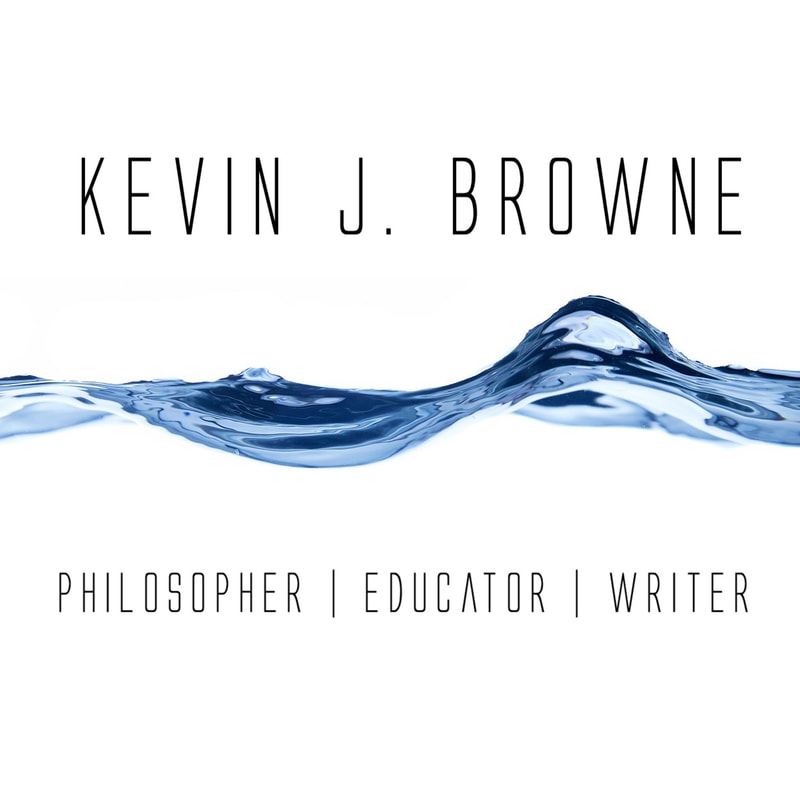|
Image by Georgi Dyulgerov from Pixabay
What is creativity? Can it be learned? How do creative people think? These are some of the questions that Jonah Lehrer looks at in his book Imagine: How Creativity Works. One insight I think is particularly important and provides a useful argument for the importance of learning as much as you can even if it seems irrelevant to your area of study or your current job. Creativity requires the mixing of ideas and in order to do this you need to be exposed to many different ideas from many different areas of knowledge.
There are countless examples of this process that could illustrate the point. One of the most famous is the example of Steve Jobs being inspired by a course in calligraphy he took. This led to the development of many different fonts in one of the first Apple computers. In his book The Mind and the Brain, Jeffrey Schwartz writes about using the insights of Austrian economics to help develop a treatment for obsessive-compulsive disorder.
In Lehrer’s book, he describes a similar process of combining ideas. Dan Wieden, co-founder of the advertising agency Wieden+Kennedy came up with the “Just Do It” Nike slogan by thinking about a murderer named Gary Gilmore whose last words at his execution in 1977 were “Let’s do it.” He was originally prompted to think about Gilmore due to a discussion with one of his colleagues who happened to mention the writer Norman Mailer. As Wieden puts it “we were talking about Mailer, and I knew that he had written a book about Gary Gilmore. And that was it. That’s where the slogan came from. Just a little sentence from someone else. That’s all it takes.” The point is that’s all it takes if you have a sufficiently large store of ideas from which to draw and make connections. Where do these ideas come from? Well, one of the best ways to assemble this storehouse is to read widely, learn about different subjects, have a well-rounded general knowledge of the world, and remain curious. All of these are elements of a good education and are too often missing in what passes for education these days in most primary, secondary, and post-secondary schools. Much of education these days seems to be very focused on relevance. We are told that students want to learn what is relevant to them and will respond best when given clearly relevant information. As educators, we are told that this is the reason why students do not read many books, certainly not the classics. They just aren’t relevant. But, what is the a priori relevance of calligraphy to developing a computer? What is the a priori relevance of Austrian economics to a treatment for OCD? And, what is the a priori relevance of the murderer Gary Gilmore to coming up with an advertising slogan? Judged by our current standard none of these are relevant and would not merit knowing about. So, the question becomes: How much creativity are we depriving students of (and they are depriving of themselves) by only focusing on the relevant? In a world where there is a premium of creativity, critical thinking, and problem-solving don’t we need to be teaching more irrelevant information than ever before?
0 Comments
Leave a Reply. |
KEVIN J. BROWNEPhilosopher / Educator These blog posts contain links to products on Amazon.com. As an Amazon Associate I earn from qualifying purchases.
Categories
All
Archives
April 2023
|




 RSS Feed
RSS Feed
















